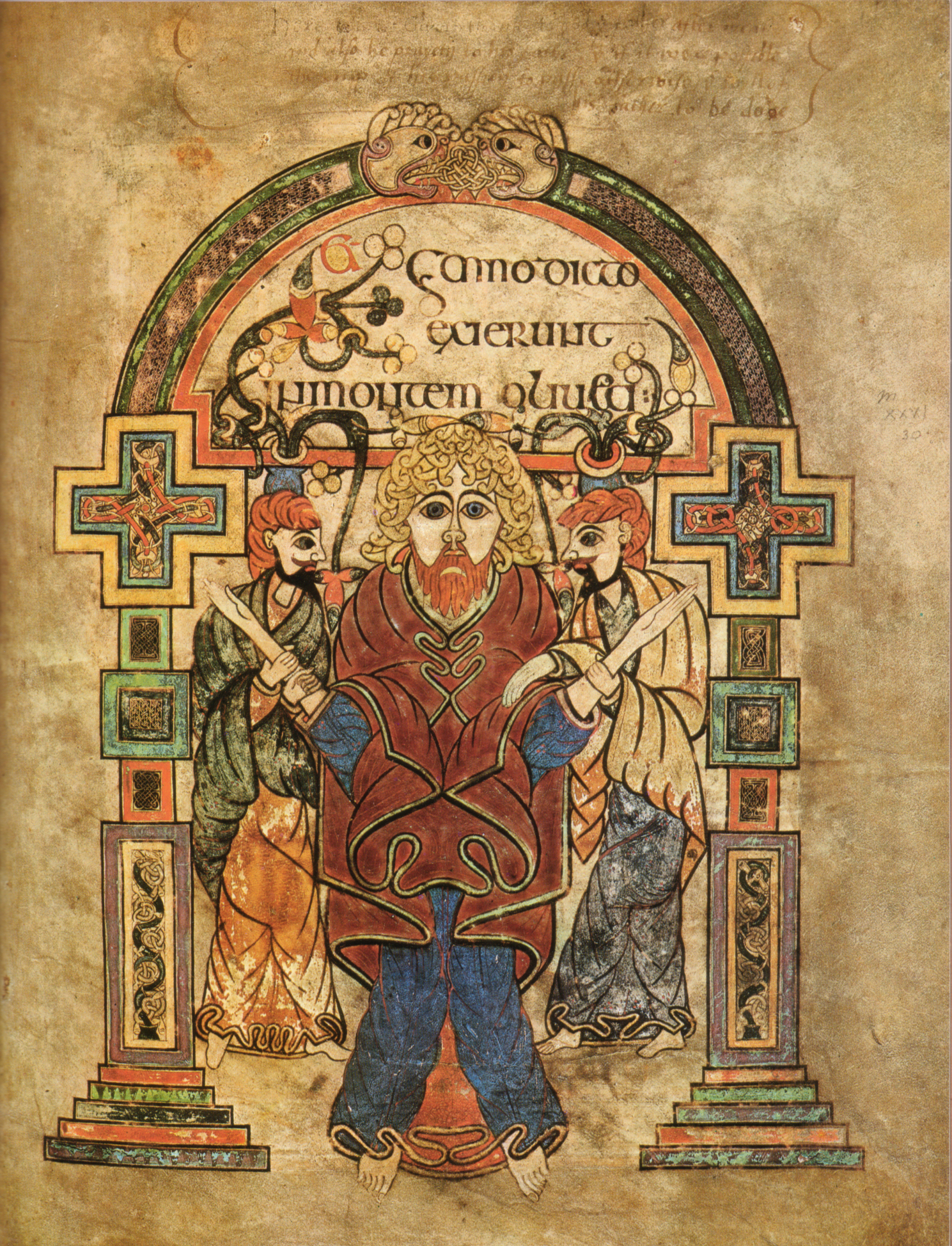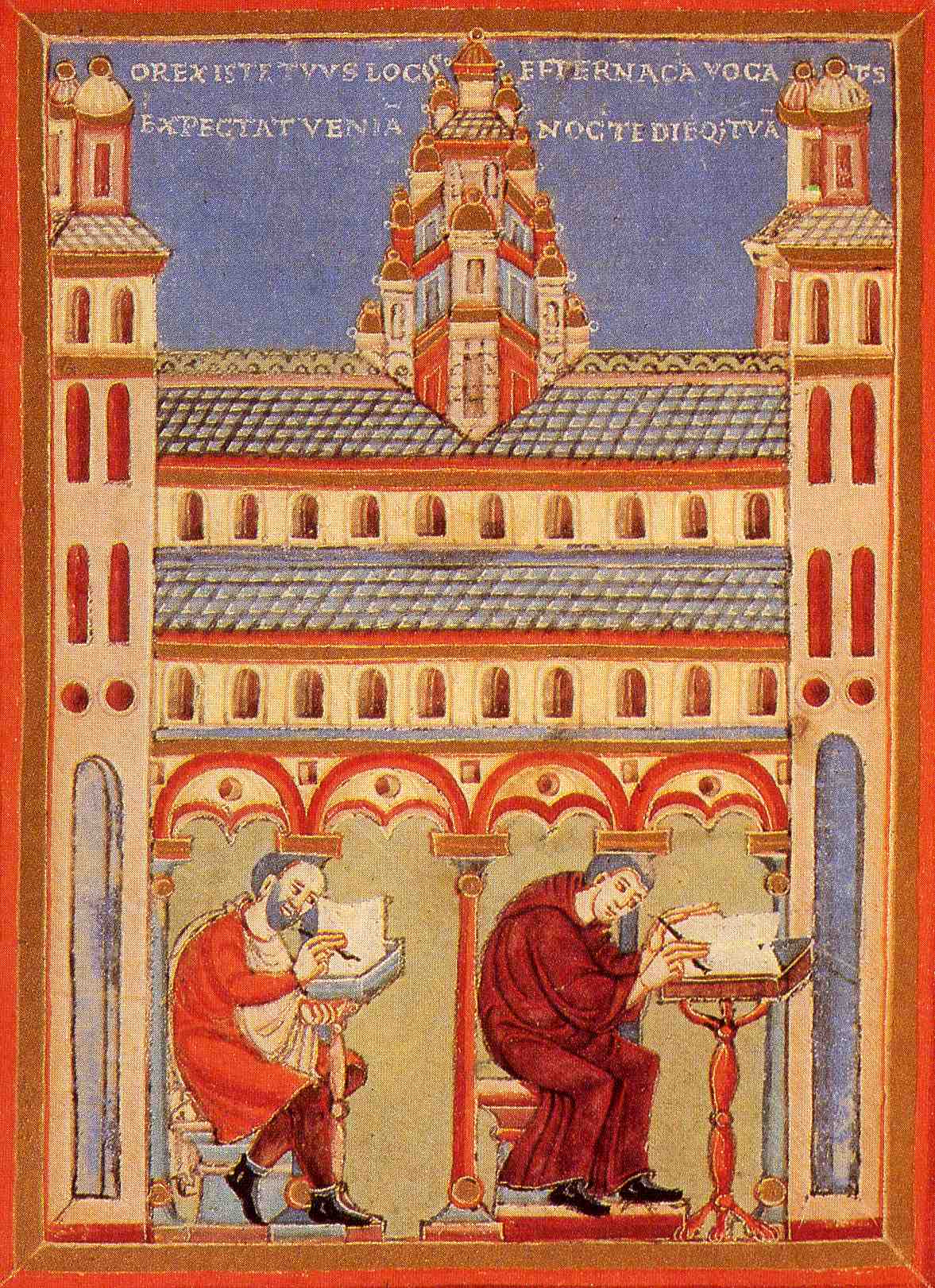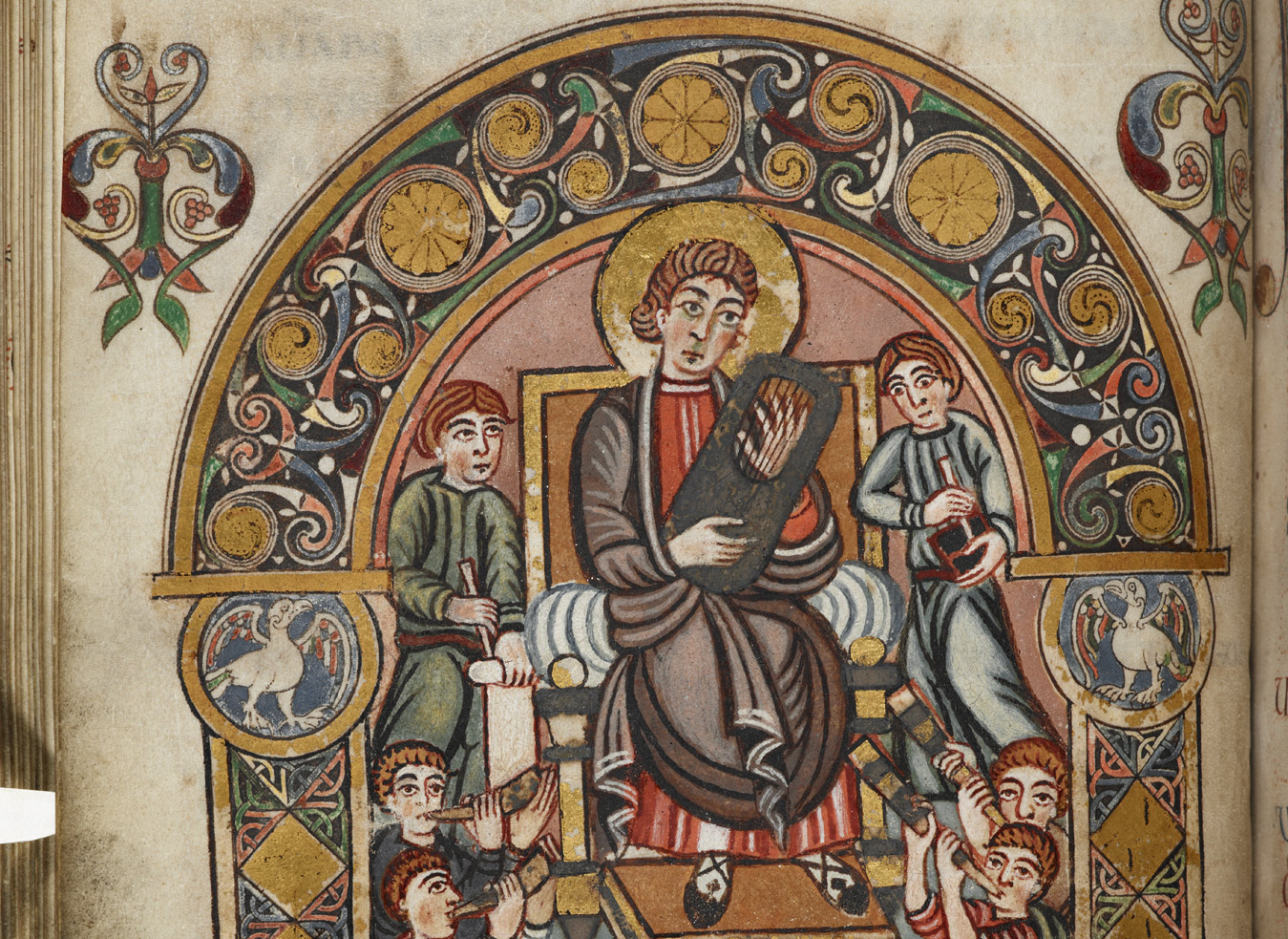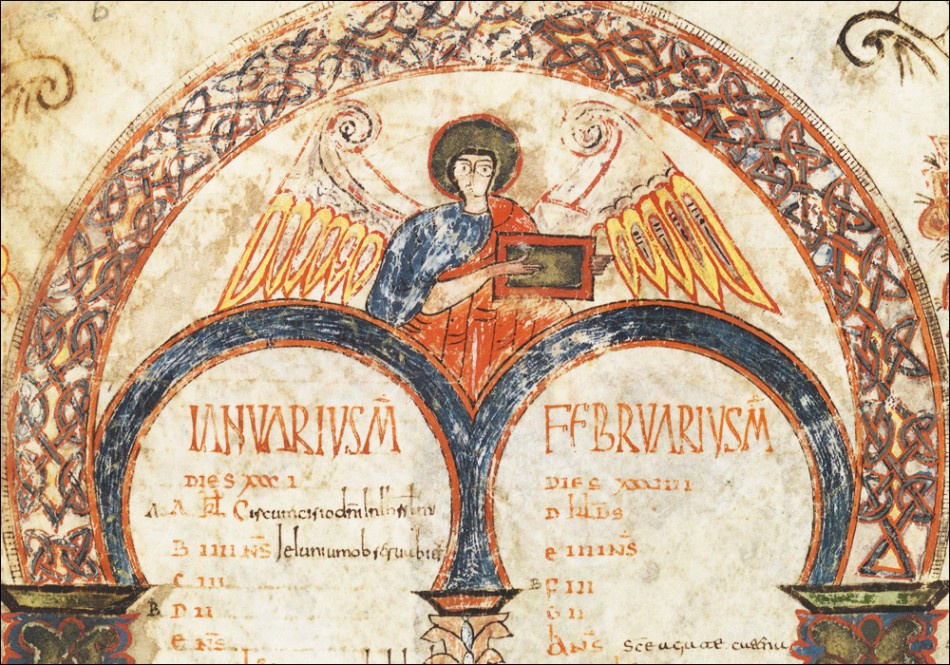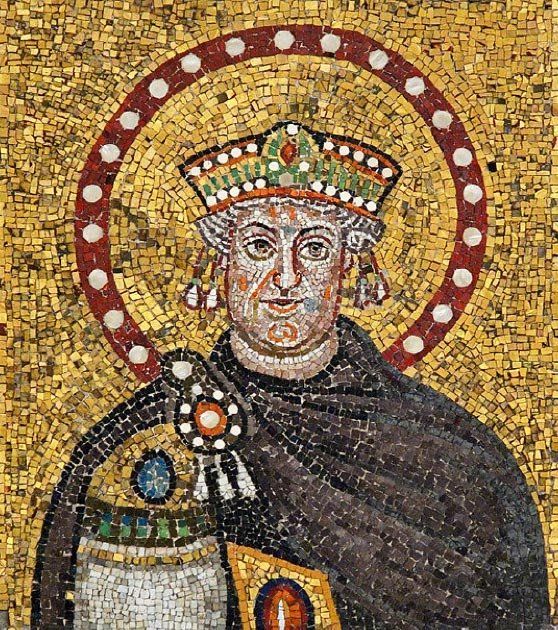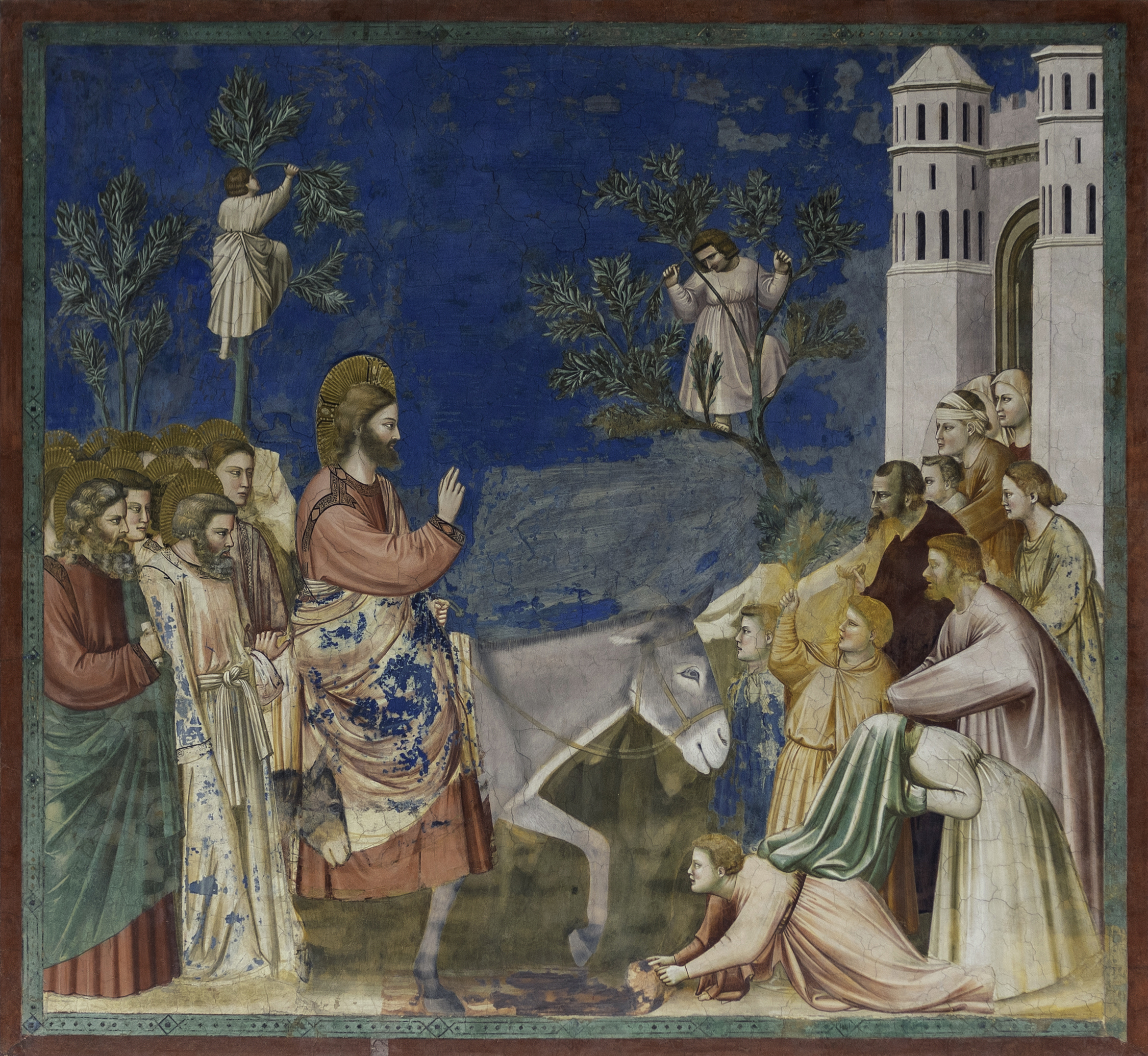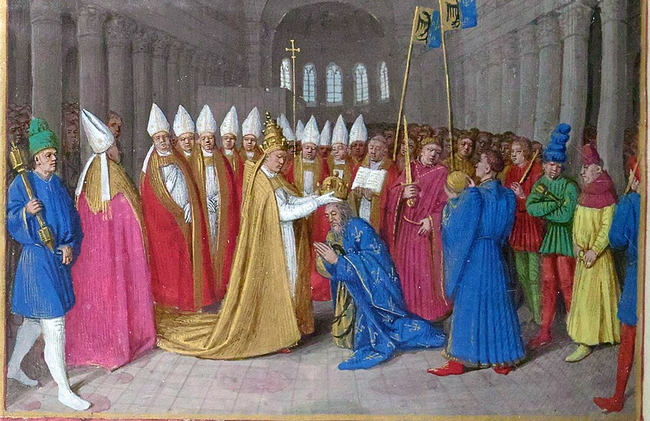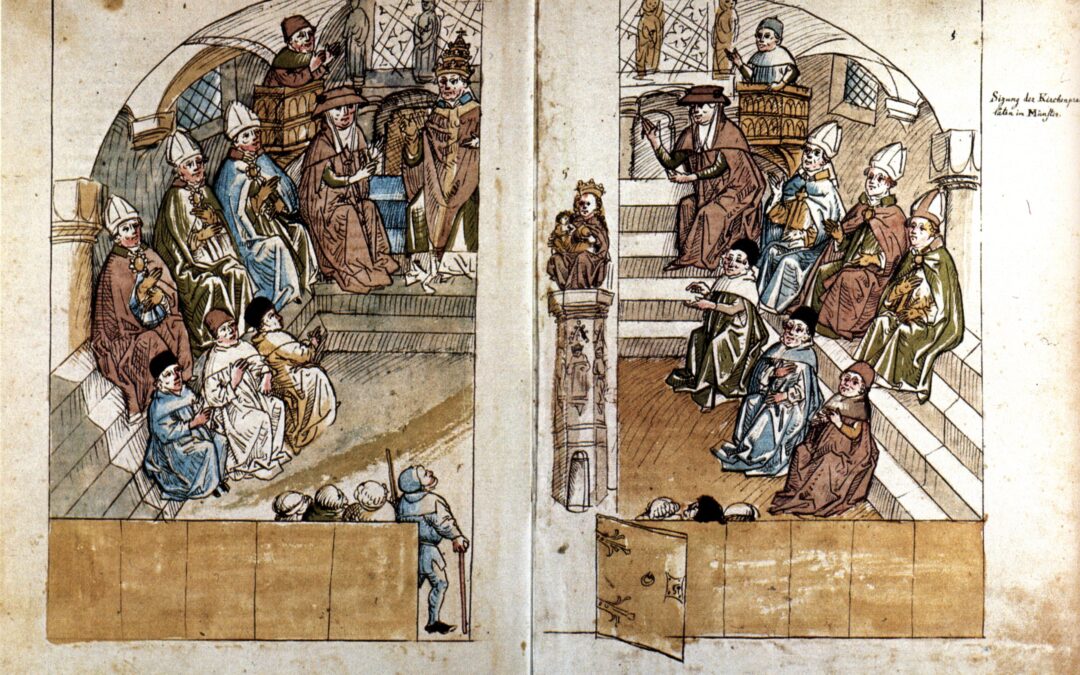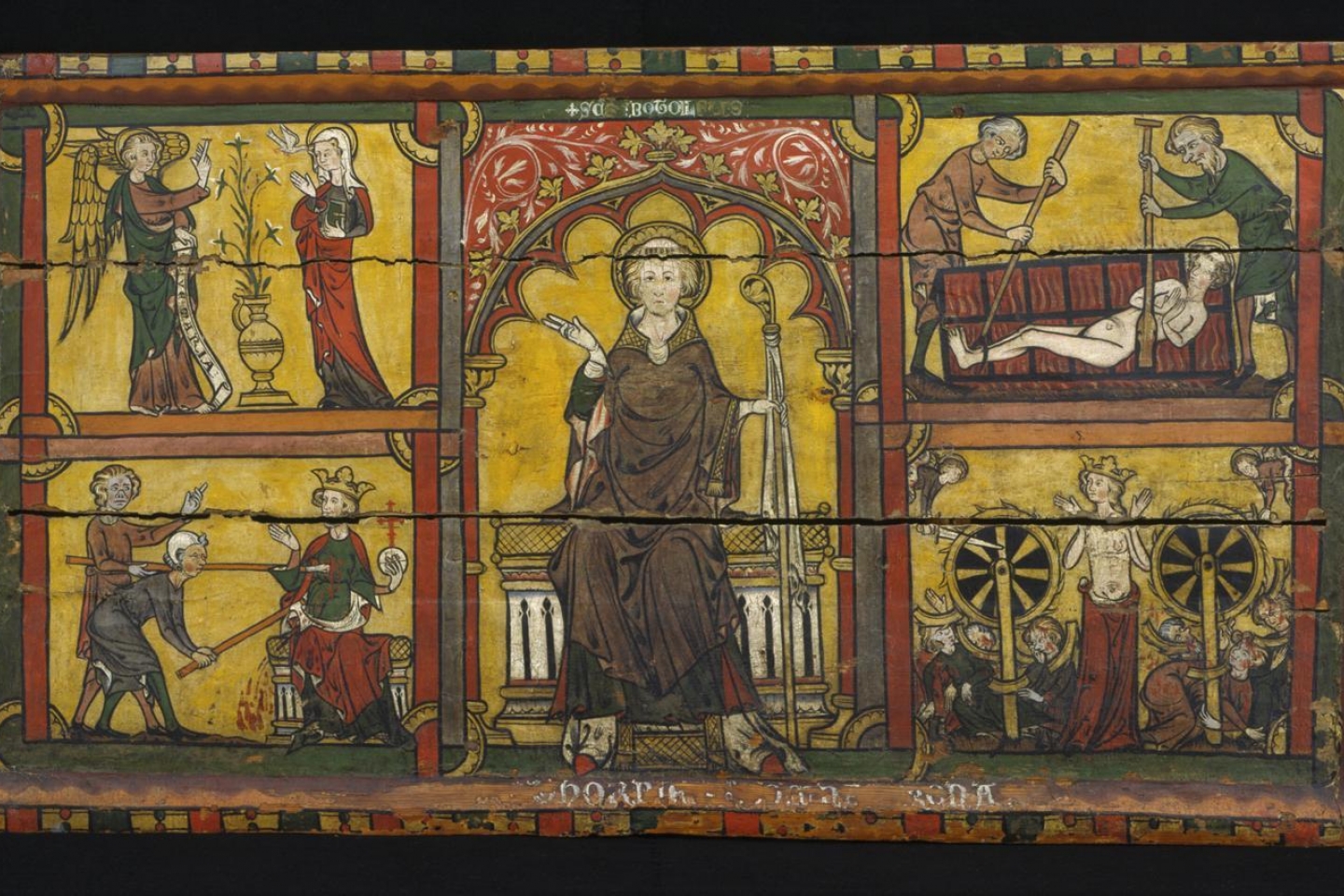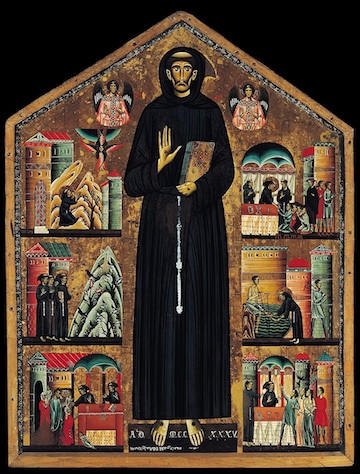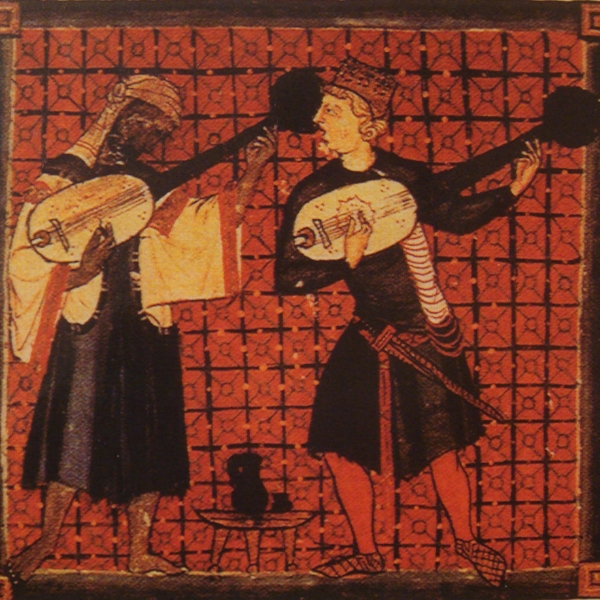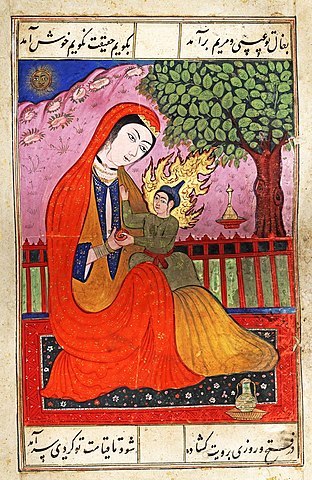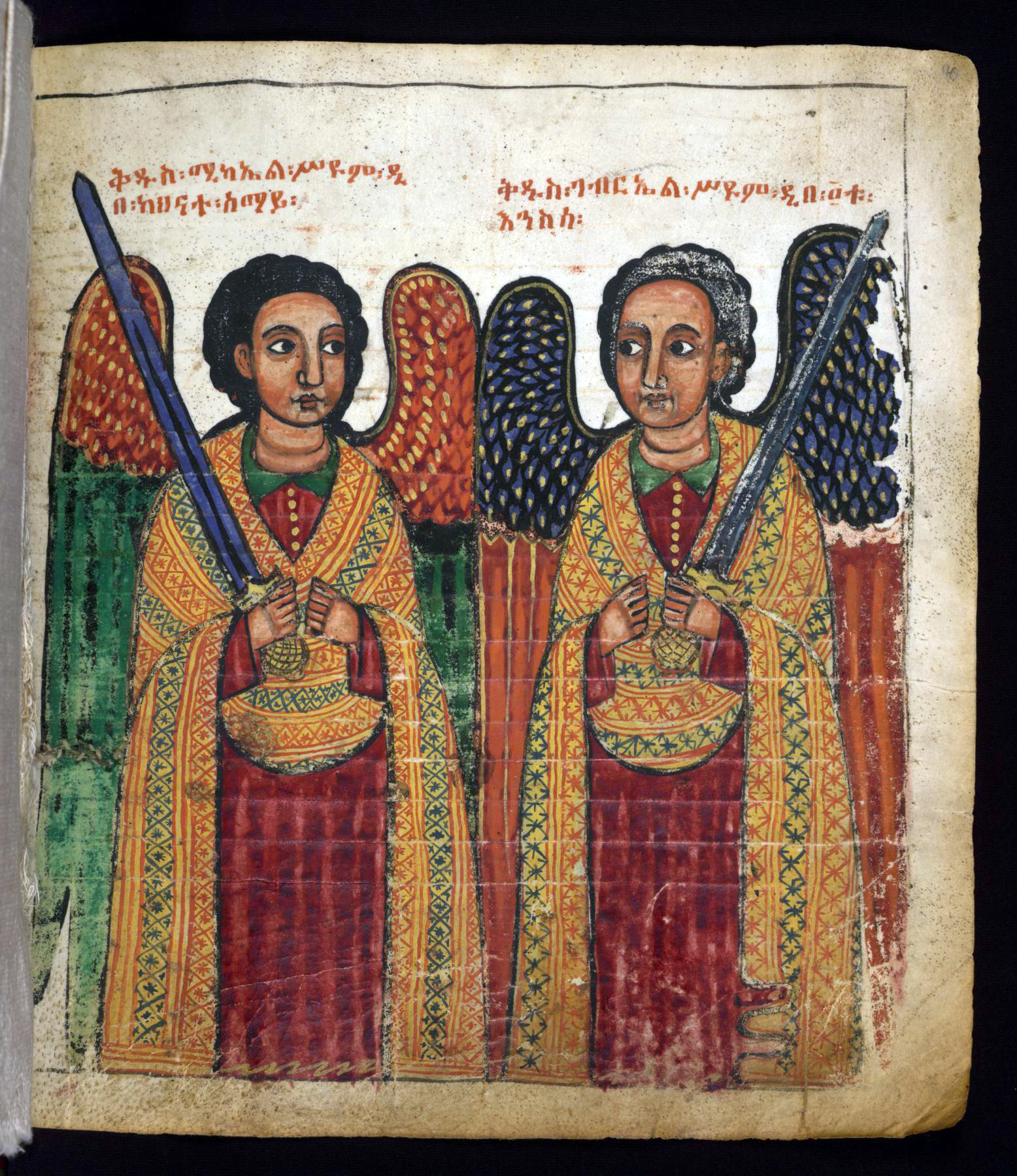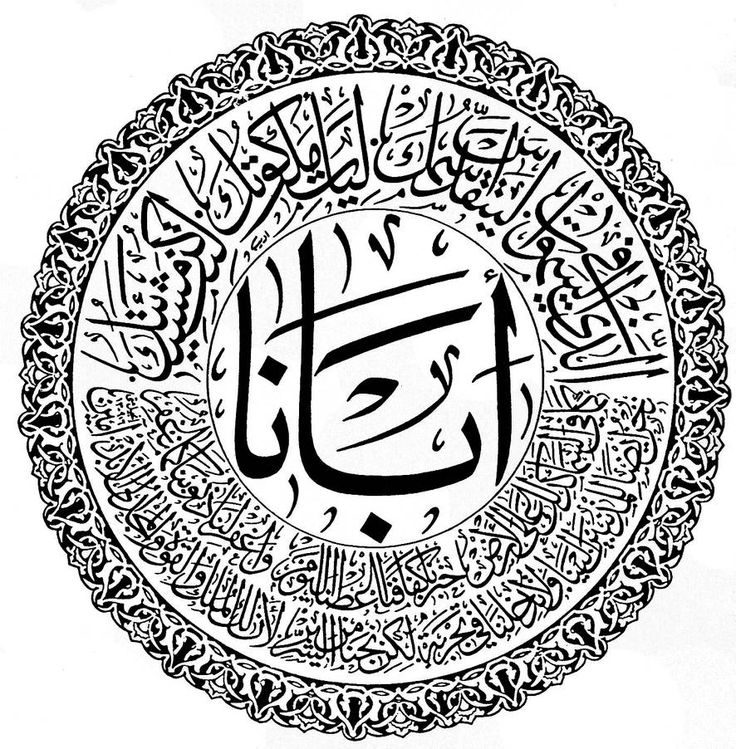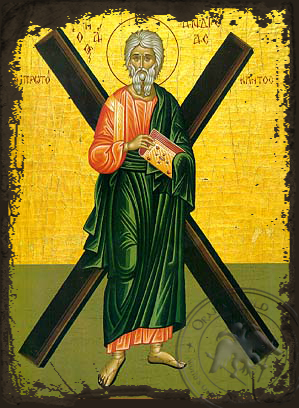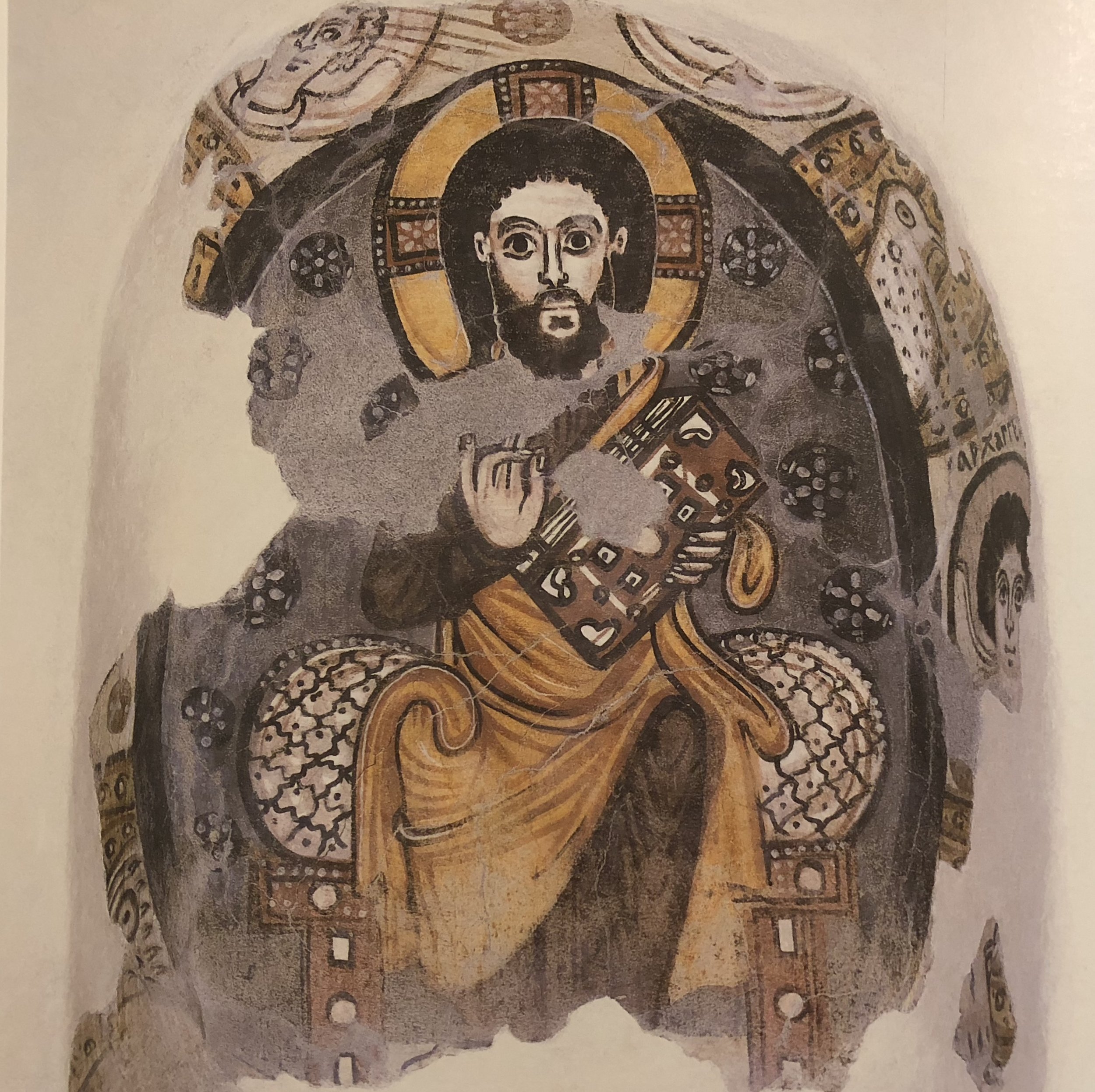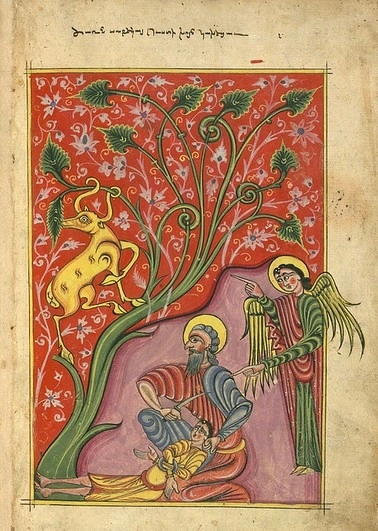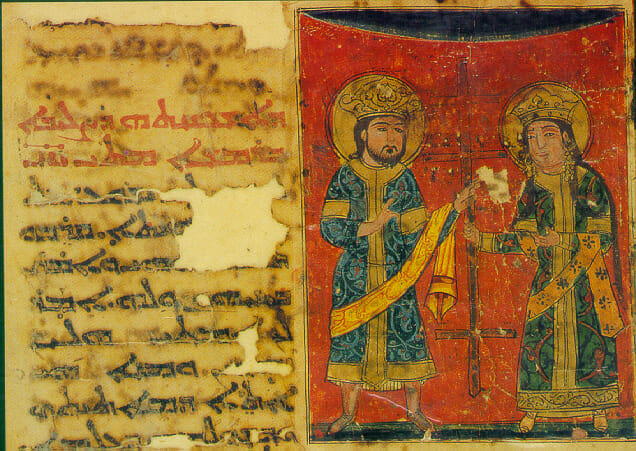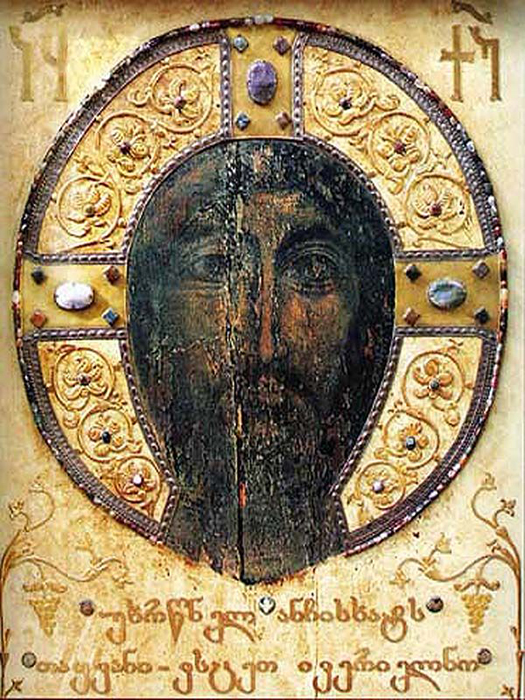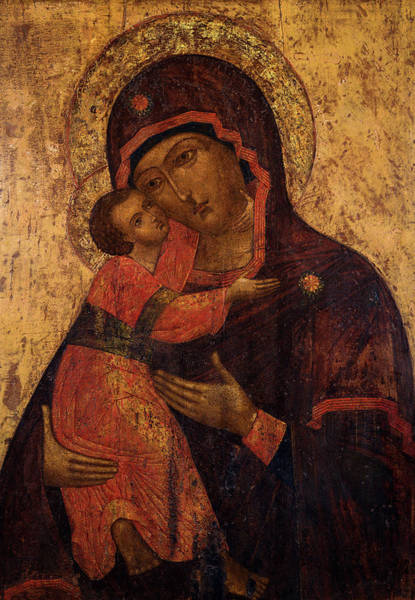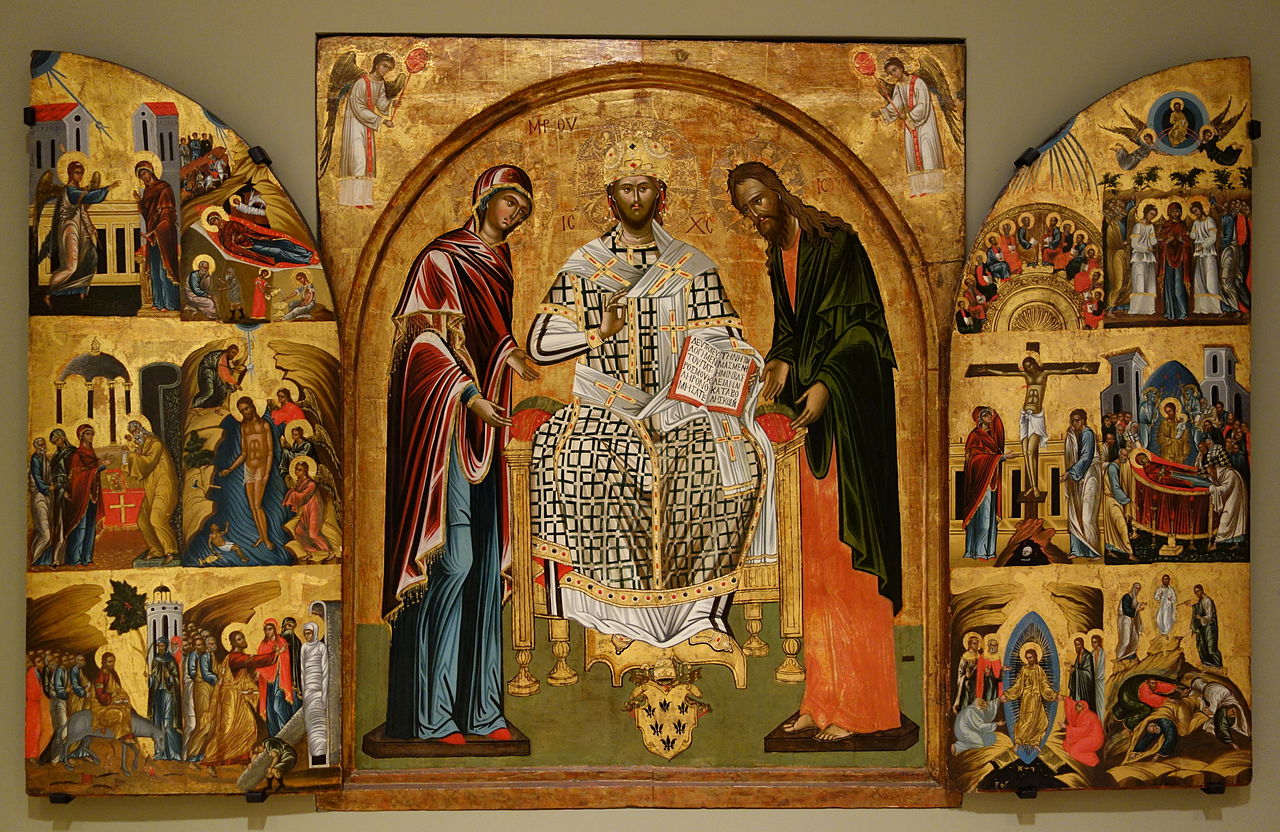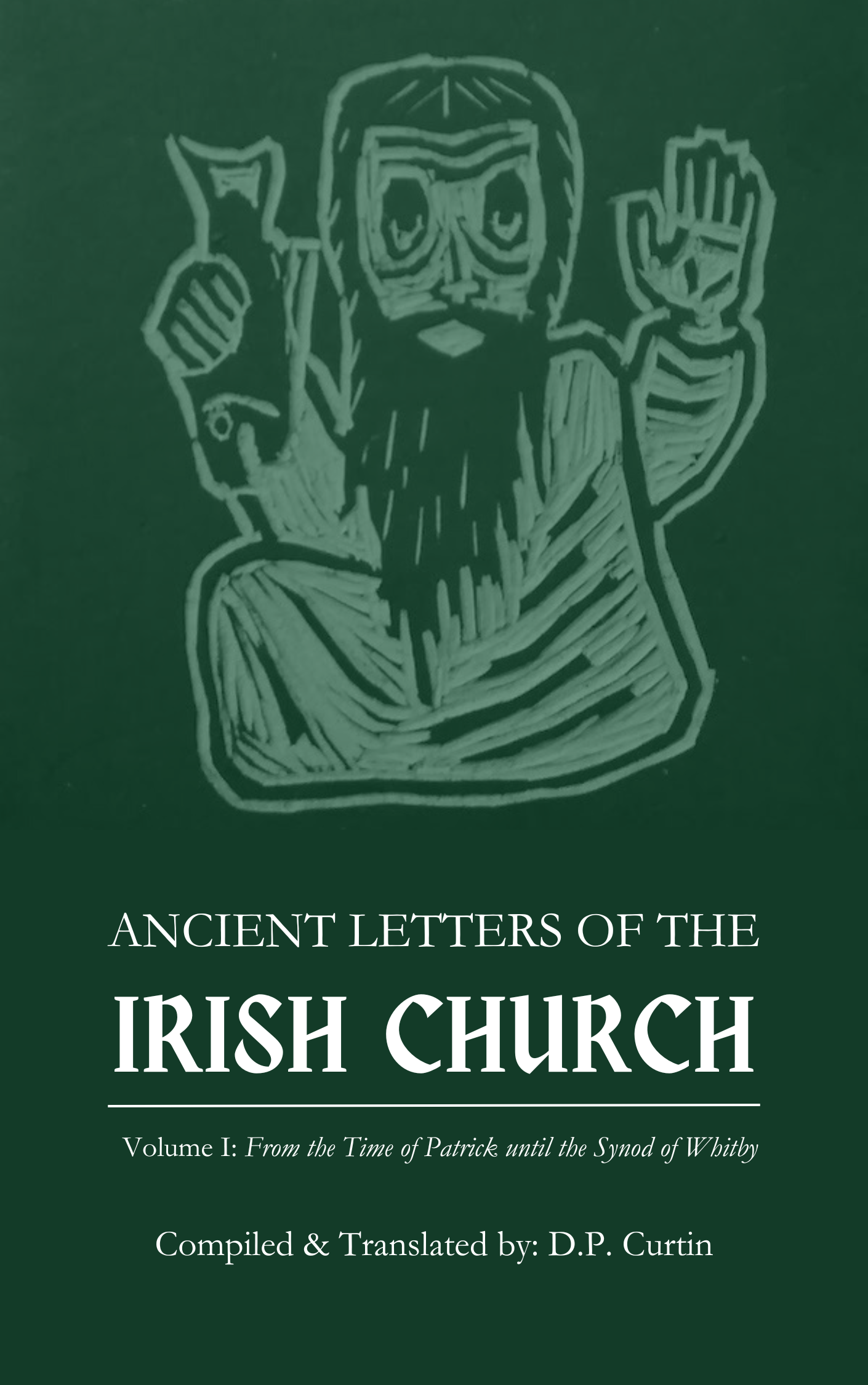THE SCRIPTORIUM PROJECT
The
Scriptorium Project is an ongoing project of collecting, preserving, and translating the body of surviving documents from Christian antiquity. The vast majority of these texts that the project distributes are from the 4th to 15th century, and have not previously been available in English. Our efforts are to make the works of the church fathers
accessible to anyone who might have an interest in Christian antiquities
and the theological, philosophical, and moral writings that have become
the bedrock of Western Civilization.
To-date,
our releases have pulled from the Greek, Syriac, Georgian, Armenian,
Nubian, Frankish, Visigothic, Punic, Nordic, German, Roman, Celtic, Ethiopian, and
Coptic traditions of Christianity, and have been pulled from sundry
local traditions and languages. Their eloquence and time tested wisdom are made available through countless hours of study and preparation so that they might be able to be enjoyed and utilized for future generations.
